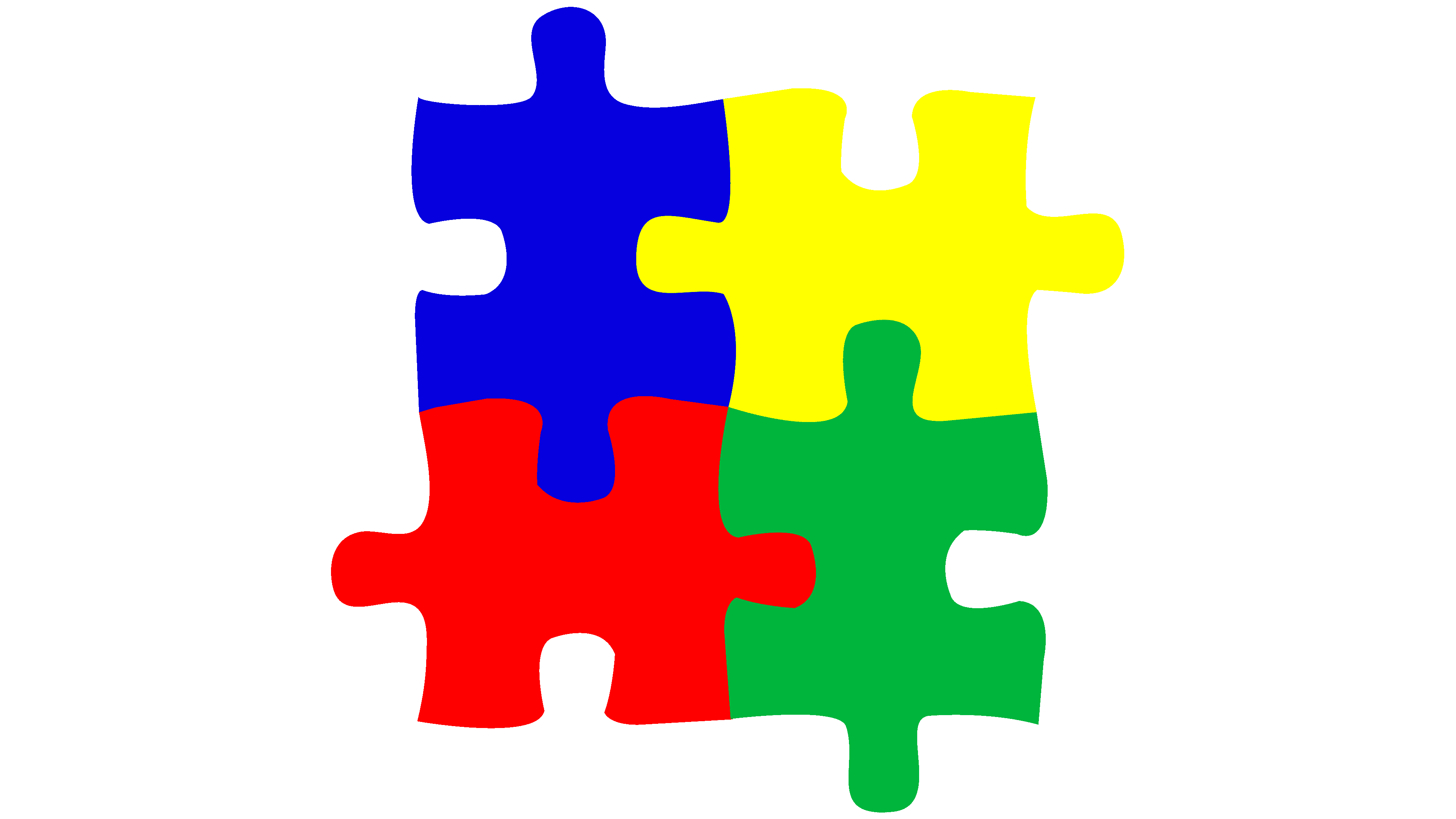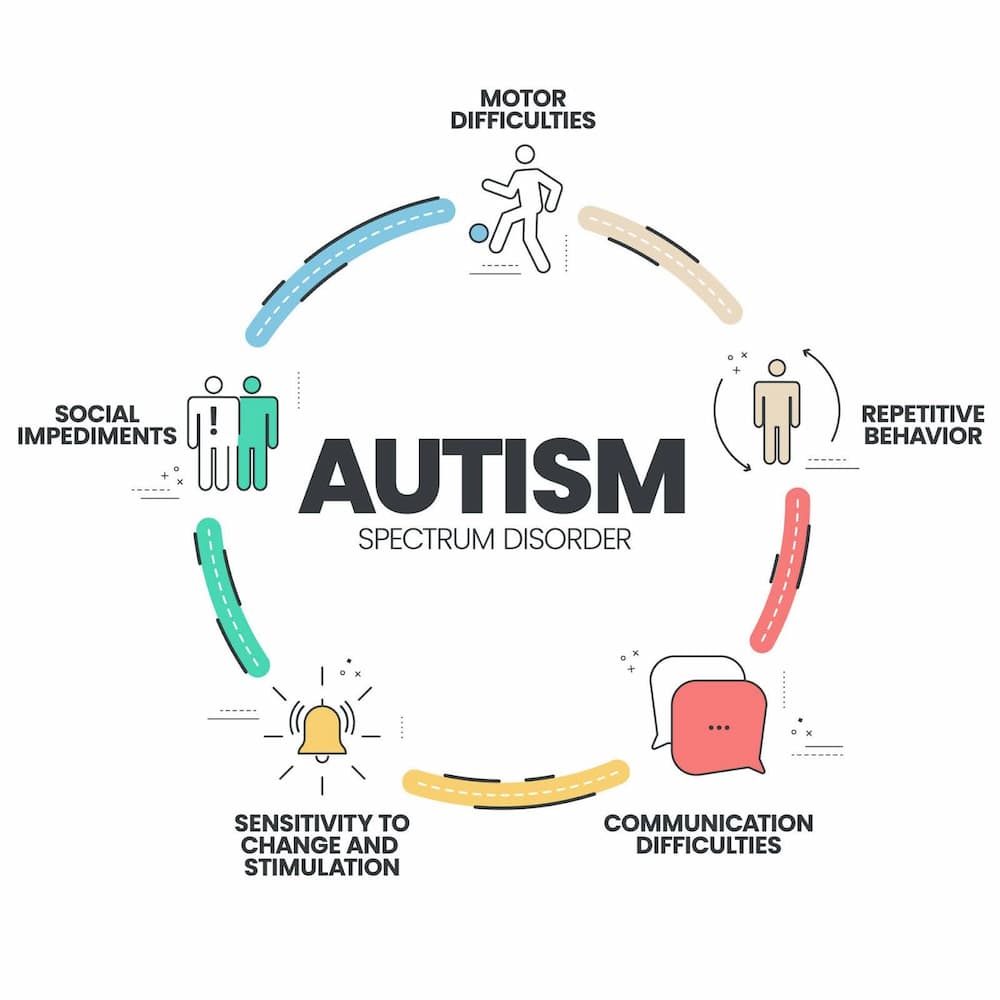Understanding the Range: A Comprehensive Overview to Autism Awareness
Understanding the Range: A Comprehensive Overview to Autism Awareness
Blog Article
Understanding Autism: A Comprehensive Guide to Symptoms And Signs
Autism Range Problem (ASD) encompasses a large array of features that can substantially affect an individual's social communications and everyday performance. Recognizing these nuances not just help caretakers and educators in giving appropriate support but likewise cultivates an extra comprehensive environment for individuals with ASD.
Summary of Autism Range Condition
Defining Autism Range Condition (ASD) involves acknowledging it as a complicated neurodevelopmental condition characterized by a variety of challenges in social interaction, communication, and behavioral patterns. The term "range" reflects the broad variability in signs and their seriousness, which can vary considerably from one individual to an additional. ASD usually manifests in early childhood years, although some people may not get a diagnosis up until later on in life.
Aspects affecting the advancement of ASD include hereditary predispositions and environmental elements, although the precise causes remain under examination. Diagnosis usually relies on behavior analyses, as there are no definitive medical tests for ASD. Early intervention is crucial and can significantly enhance results, concentrating on improving interaction abilities, social communications, and flexible actions.
People with ASD may likewise show one-of-a-kind toughness, such as extraordinary interest to information or certain areas of know-how. Understanding the complex nature of ASD is vital for fostering an inclusive setting that suits neurodiversity. Proceeded research study is vital for establishing efficient treatments and support group, making it possible for people with ASD to grow and accomplish their potential within society.
Usual Signs of Autism
Acknowledging the common indications of Autism Range Disorder (ASD) is vital for early recognition and treatment. These indicators can vary widely in extent and discussion, yet certain qualities are often observed in people with ASD.
One of the most widespread indications is a marked difficulty in establishing and maintaining eye get in touch with. Individuals may additionally exhibit restricted passion in social interactions and reveal a preference for singular play.
Sensory level of sensitivities are also usual; people may underreact or panic to sensory stimulations, such as lights, audios, or structures. autism. Language development can be irregular, with some children exhibiting delayed speech or utilizing language in unusual methods, including echolalia-- repeating phrases or sentences listened to elsewhere
It is vital to keep in mind that not every individual with ASD will display all these indicators, and the level of these actions can vary substantially. Early recognition permits prompt assistance and sources, improving the high quality of life for those on the range.
Social Interaction Obstacles
Social interaction difficulties are a hallmark of Autism Spectrum Problem (ASD), influencing a person's ability to involve properly with others. These troubles can manifest in various ways, including challenges in starting and preserving discussions, comprehending social cues, and responding suitably in social communications.
People with ASD might fight with nonverbal interaction, such as eye contact, face expressions, and body language. This can bring about misconceptions, as their communicative intent may not be correctly translated by others. They may locate it tough to understand the subtleties of tone and context, which are crucial for efficient interaction.
In group setups, individuals with ASD may feel overloaded and may not know just how to sign up with in conversations (autism). They may likewise exhibit atypical conversational patterns, such as monologuing about specific passions without acknowledging social reciprocity
Furthermore, these difficulties can lead to social click to investigate isolation or problems in creating connections, as peers might misinterpret their actions or interaction design. Comprehending these social communication challenges is vital for promoting encouraging settings that advertise social abilities growth and enhance the top quality of interactions for people on the autism spectrum.
Sensory Level Of Sensitivities and Responses
Numerous people with Autism Spectrum Disorder (ASD) experience heightened sensory level of sensitivities that can significantly affect their every day lives. These level of sensitivities might manifest as over-responsiveness or under-responsiveness to sensory stimuli, including audios, lights, textures, tastes, and smells. For instance, an individual with ASD may discover day-to-day sounds, such as a vacuum or crowded environments, overwhelmingly upsetting, causing stress and anxiety or disasters. On the other hand, some may display an indifference to pain or severe temperature levels, which can position safety and security problems.
Sensory handling distinctions in people with ASD can additionally impact their capability to participate in social communications and regular tasks. For instance, a youngster who is delicate to touch might stand up to physical love or prevent certain garments textiles. Alternatively, a choice for particular textures or preferences can restrict dietary alternatives and create obstacles throughout nourishments.
Understanding these sensory sensitivities is essential for identifying the one-of-a-kind experiences of individuals with ASD. Recognition of their sensory profiles can promote far better communication and support methods, creating an atmosphere that fits their requirements and improves their lifestyle. Inevitably, recognizing sensory level of sensitivities is an important component of understanding the wider spectrum of autism.

Supporting People With Autism
Efficient assistance for individuals with Autism Spectrum Condition (ASD) is essential for improving their overall wellness and cultivating independence. Support approaches should be tailored to meet the special requirements of each person, considering their challenges and toughness.

Social abilities training can additionally play a critical function. autism. Engaging people in group activities or role-playing situations can improve their capacity to navigate social interactions. In addition, it is crucial to inform family members, caretakers, and peers concerning ASD to promote a helpful and inclusive area
Final Thought
By fostering improved interaction and social skills, people with autism can browse their settings much more effectively. Inevitably, increased recognition and support can significantly enhance the high quality of life for those affected by ASD.
Autism Spectrum Condition (ASD) includes a wide variety of attributes that can considerably impact a person's social interactions and daily functioning.Individuals with ASD may struggle with nonverbal interaction, such as eye contact, face expressions, and body language.Several individuals with Autism Spectrum Disorder (ASD) experience heightened sensory sensitivities that can significantly affect their daily lives.Sensory processing distinctions in individuals with ASD can also affect their capacity to engage in social interactions and routine tasks.Understanding these sensory sensitivities is crucial for identifying the unique experiences of people find this with ASD.
Report this page